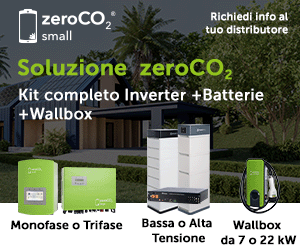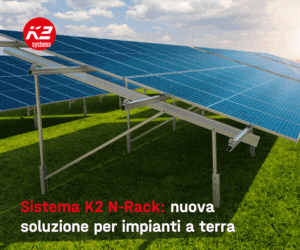Articles of Special “Biomethane, the investments will start”
Why industrial sector has interest in biomethane?
Consider that Italy is the country: Seventh in the world for the number Natural Gas Vehicles (NGVs) and by far first in Europe; that has the longest experience in using NG as fuel; that nowadays still is a global leader with nearly 65% of dealt technologies every year are coming from Italy. With these premises, it is obvious that the great interest of the industrial sector in biomethane is due to its multiple uses in transportation.
The national industrial sector is represented by NGV Italy, a consortium founded in 1994 to represent globally the Ng Italian industry in transportation (natural gas vehicles) and promote its usage as alternative fuel for a sustainable mobility.
This brings together Italian manufacturers of Natural gas vehicles, systems and equipments apart from the energy companies that work in the field of alternative fuels. Besides, it collaborates with the main bodies of standardisation and certification at national, European and international level and with the most relevant associations of this sector in the world (NGV global and NGVA Europe).
EU targets for 2020
During the last years, the EU has issued many documents, both compulsory and steering, with the aim of reducing the environmental impact of fuels used in transportation. Already in 2009, fuels Quality directive established the fuel sustainability setting that fossil fuels had to be progressively replaced by biofuels by an initial reduction target of 35% of the greenhouse emissions compared with fossil fuels replaced by biofuels. moreover, the EU established the target of reducing emissions to 50% within 2017 and a further reduction till 60% within 2018. In the same period, the European directive Renewable energy established that by 2020 at least 10% of the used fuels for transportations must come from renewable sources.
After that, in 2013, the communication “Clean power for Transport” established that “an exhaustive mix of alternative fuels must be built for all means of transport”.
How Biomethane could help to reach targets fixed by the UE
Following the EU requests, in the plan of national actions for renewable energies published in June 2010, in accordance with article 4 of directive 2009/28/EC, Italia has set the following objectives:
- The overall share of energy from renewable sources with respect to the gross final consumption of energy to be reached in 2020 is 17%.
- Regarding the 17% target by 2020, for the same period share of energy coming from renewable sources in all the transportation will have to be at least 10% of the final energy consumption in the transport sector in the same calendar year.
Now, in order to define a medium-term scenario, considering that EU has established that the threshold value to consider Ng as a stable reference fuel is 10%, we need some numbers: shown in table 1.
According to the figure 2, if we apply a reasonable scenario based on a moderate increase of 8% NGVs per year, we would reach the 10% target of NGV in 2031.

National data, spread by CIB (Italian Biogas Consortium), allow us to be definitely optimistic regarding the supply possibilities, considering that:
- Current biomethane production: 2,5 MLD m3/year
- Current potentiality of biomethane production: 8 MLD m3/year
To reach these objectives, it is needed to set intermediate stop-overs in order that a certain number of stations distributing Compressed Natural Gas (CNG) could be partly or completely fuelled with biomethane, becoming in this way BIO-CNG stations.
It would reasonable possible to reach this situation with a sufficient period of time for adapting the distribution and supply network. For example, it could be set the target of fuelling 20% of NGVs in the short-term (120,000 vehicles) and reaching 40% (480,000 NGV’s) in the medium-term.
If that happened, apart from the economic benefits, we would have a significant environmental advantage. By applying data related to information about motor vehicle emissions from the latest analysis Well-to-Wheel, when reaching the target, we will “save” about 528,000 tons of Co2 equivalent/year in the short-term and about 1,267,000 tons of Co2 equivalent/year in the medium-term.
Conclusion:
- Biomethane is an option already available for natural gas vehicles
- Biomethane production is already sufficient for covering needs once an efficacy and efficient distribution network is ready.
- From an strategic and environmental point of view, our country could not only achieve targets imposed by the EU soon, but also it could have a great environmental advantage.
- From the economic and employment point of view, it would be another great benefit.



.jpg)

























.gif)







